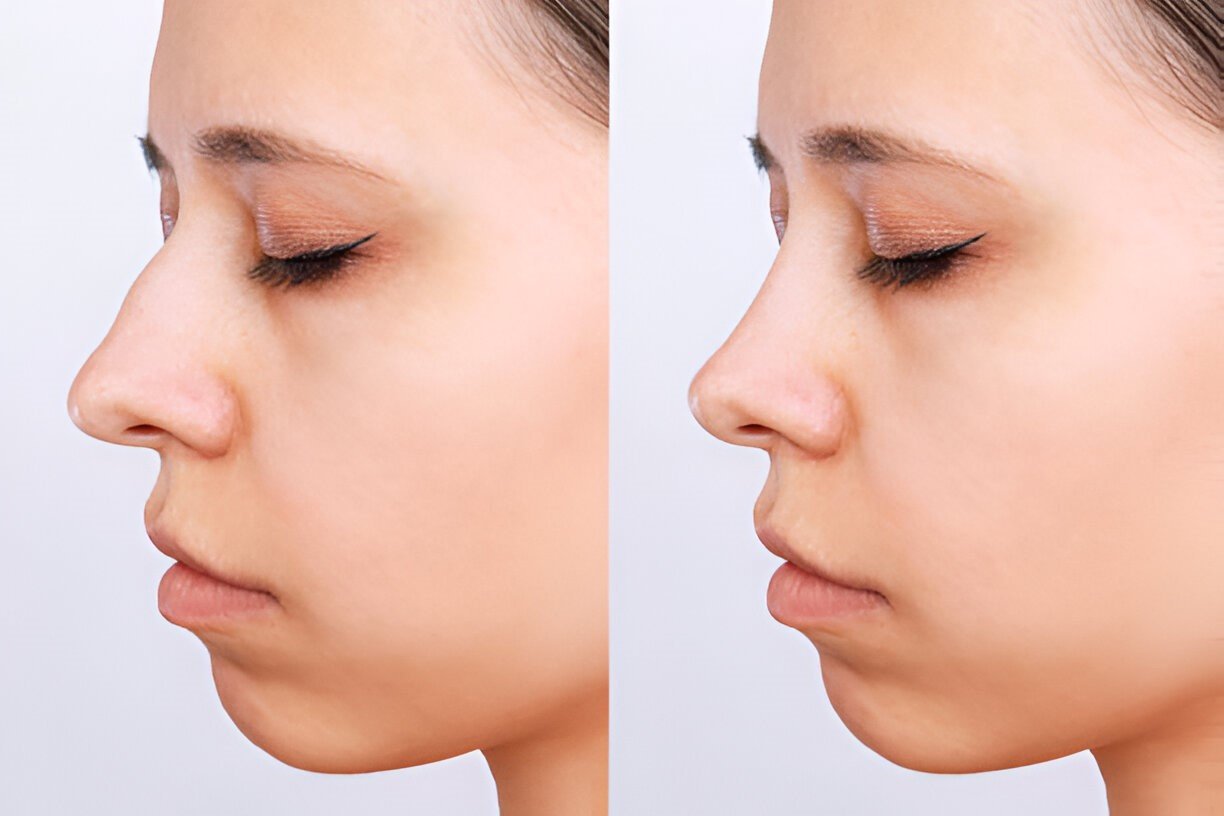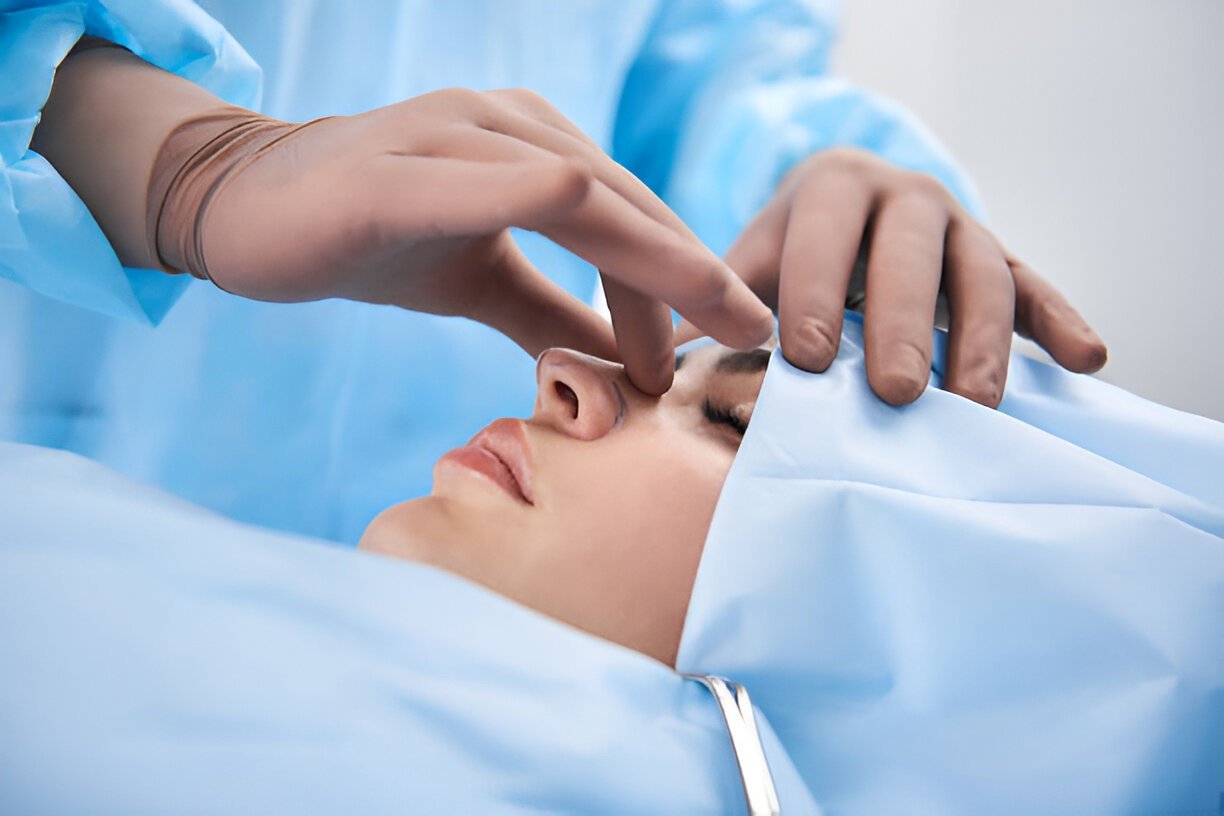Rhinoplasty, often referred to as a nose job, is one of the most commonly performed cosmetic surgeries worldwide. It involves reshaping the nose to improve its appearance or function, or both. Whether you’re considering rhinoplasty for cosmetic reasons or to correct breathing difficulties, it is important to fully understand the procedure before making a decision.
Undergoing surgery on the nose is a significant step, and being well-informed will help you achieve the best possible results with the least amount of stress. This article will cover five crucial things you must know before getting rhinoplasty surgery, helping you to prepare mentally, physically, and emotionally.
Rhinoplasty is Both an Art and a Science
Many people believe rhinoplasty is just about making the nose smaller or more attractive. However, it is a highly intricate procedure that blends artistic vision with medical expertise.
Your nose sits in the centre of your face, making it one of the most prominent facial features. A successful rhinoplasty doesn’t simply “fix” the nose — it must enhance your overall facial harmony. This means the surgeon must consider:
- The underlying bone and cartilage structure
- The thickness and elasticity of your skin
- The balance between your nose, eyes, mouth, and cheeks
- Your nasal function, including breathing through the nose
The surgeon’s goal is to sculpt a nose that complements your unique facial features without looking artificial or drawing undue attention.
This complexity is why rhinoplasty requires a highly skilled surgeon, often one specialising in ENT surgery (ear, nose, and throat) or facial plastic surgery. Their deep understanding of nasal anatomy and function, combined with artistic skill, is vital to achieving natural-looking and functional results.
Setting Realistic Expectations is Essential
In today’s world of social media and photo editing apps, it’s easy to develop unrealistic expectations about what rhinoplasty can achieve. Before surgery, it’s important to be clear about what the procedure can and cannot do.
Rhinoplasty can significantly improve the shape and proportion of your nose, but it won’t completely transform your face or your identity. Several factors influence the final outcome:
- Your natural nasal bone and cartilage structure
- Skin thickness and elasticity
- How your body heals after surgery
Most surgeons use computer imaging during consultations to provide a visual idea of potential results. While this helps with planning, these images are not guaranteed outcomes but rather guides.
Having realistic expectations means understanding that subtle changes often look best and that perfection is not the goal. A well-performed rhinoplasty enhances your natural beauty rather than creating a “perfect” nose.
Patients who go into surgery expecting to simply “copy” a celebrity nose or an idealised image are often left disappointed. Discuss your goals openly with your surgeon so they can tailor the surgery to what suits your face and lifestyle.
Recovery is a Process — Patience is Key
Many patients are surprised by the length and nature of the recovery process after rhinoplasty. While the surgery is often performed as a day procedure, full healing takes time.
What to Expect in the First Weeks
- You will have a splint or cast on your nose for about 7 to 10 days to protect and support the new shape.
- Swelling and bruising around the nose and under the eyes are common and typically improve significantly after two weeks.
- Nasal congestion and mild discomfort are normal during early recovery.
The Longer-Term Recovery
- Swelling, especially at the nasal tip, can persist for several months.
- The final shape of your nose may not be fully apparent for 9 to 12 months post-surgery.
- Avoid strenuous exercise, heavy lifting, and contact sports for at least six weeks.
- Glasses resting on the bridge of your nose may need to be avoided for several weeks or modified with support.
Emotional Aspects of Recovery
It’s important to prepare yourself emotionally for the healing process. Changes in your appearance during recovery can sometimes feel frustrating or unsettling. Be patient and give yourself time to adjust.
Following your surgeon’s post-operative instructions carefully will help minimise complications and speed up healing.
Rhinoplasty Can Improve Both Appearance and Breathing
While many people seek rhinoplasty purely for cosmetic reasons, it is important to recognise that rhinoplasty can also have a functional purpose.
Some patients have structural problems such as:
- Deviated nasal septum (a crooked partition inside the nose)
- Nasal valve collapse
- Congenital defects or injuries affecting nasal airflow
These issues can cause difficulty breathing, snoring, and recurrent sinus infections.
A functional rhinoplasty, sometimes combined with cosmetic reshaping, can restore both appearance and nasal function. This dual approach is often called septorhinoplasty.
If you suffer from breathing difficulties or nasal obstruction, mention this to your surgeon during your consultation. Treating functional problems at the same time as cosmetic changes can provide a better overall outcome and improve your quality of life.
Choosing the Right Surgeon Is the Most Important Decision
The choice of surgeon is crucial when considering rhinoplasty. It is a delicate procedure with a small margin for error, and a poorly performed surgery can be difficult and costly to revise.
How to Choose Wisely:
- Check qualifications: Look for a surgeon who is registered with recognised bodies such as the General Medical Council (GMC) and who has specialised training in facial plastic or ENT surgery.
- Experience matters: Ask how many rhinoplasties they perform annually. Higher volume often correlates with better expertise.
- View before-and-after photos: Seeing results on patients with similar nasal shapes or ethnic backgrounds can give you realistic expectations.
- Ask questions: Don’t hesitate to ask about the surgeon’s revision rates, risks, and how they handle complications.
- Trust your instincts: You should feel comfortable and confident discussing your goals openly with your surgeon.
Beware of Low Prices
A rhinoplasty procedure is an investment in your appearance and health. If a price seems too good to be true, it probably is. Prioritise quality and safety over cost.
Additional Tips for Preparing for Rhinoplasty
Pre-Surgery
- Avoid medications and supplements that increase bleeding risk (like aspirin, ibuprofen, and certain herbal supplements) for two weeks before surgery.
- Stop smoking at least four weeks prior, as smoking can impair healing.
- Arrange for time off work or school and someone to assist you during the first few days after surgery.
Post-Surgery
- Sleep with your head elevated to reduce swelling.
- Avoid blowing your nose for at least two weeks.
- Protect your nose from sun exposure.
- Attend all follow-up appointments to monitor healing.
Rhinoplasty is a transformative procedure that requires careful consideration and preparation. By understanding that it is both an art and a science, setting realistic expectations, being patient through the recovery process, recognising its functional benefits, and choosing the best ENT surgeon, you can set yourself up for a successful and satisfying outcome.
If you’re considering rhinoplasty and want to explore your options with a team that combines expert knowledge and personalised care, we’re here to help. Understanding the procedure and preparing well can make all the difference in achieving the results you desire. Contact our ENT clinic today to arrange a consultation and discuss your goals in detail. Together, we can create a treatment plan tailored specifically for you, helping you feel confident and comfortable in your own skin.


